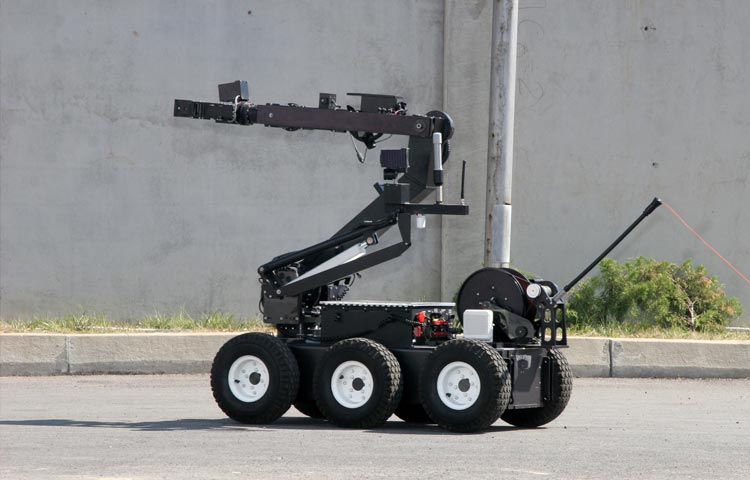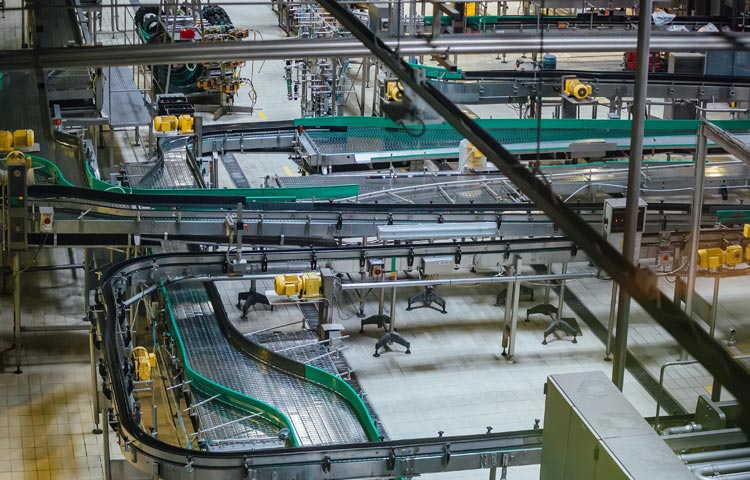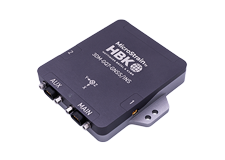Recent
-
-
MicroStrain by HBK at XPONENTIAL 2024
May 7, 2024 / Inertial
-
-
-
Introducing Version 4.0.0 of the MicroStrain ROS Driver
Jan 29, 2024 /
-
-
-
Enhancing Vision-Based Robots with IMUs
Dec 19, 2023 /
-
Sensors Improving Robot Precision for Better Performance in Dynamic Environments
- By Elena /
- Published Mon, 12/16/2019 - 14:24

Providing Accuracy and Reliability for Robotics
Robots are being used to venture into territories humans can’t or shouldn’t. Our MicroStrain inertial and displacement sensors provide extremely accurate feedback to robotic platforms in harsh environments, offering the smallest and most accurate sensors tailored for these applications.
Inertial Sensors in Robots
Our fully temperature compensated inertial sensors relay position, velocity and attitude measurements that have been optimized for use in the specific dynamic environments encountered by many robotic platforms. Four out of five of the leading DARPA subterranean challenge teams incorporated our inertial sensors into their unmanned system to complete their navigation solution. User friendly solutions with open source API and immediate engineering support enables our customers to quickly integrate our products into their proprietary systems. We’ve had tremendous success supporting Simultaneous Localization and Mapping (SLAM), bipeds, quadrupeds and wheeled vehicles.
Inertial sensors in a robot enable:
- Measurement of linear acceleration
- Measurement of rotational rate
- Estimation of position, velocity, and attitude

Displacement Sensors in Robots
By manufacturing the world’s smallest linear displacement sensors, we’re able to offer incredible accuracy on the nanometer scale – providing accurate and repeatable measurements for millions of cycles without degradation of performance. These LVDT sensors are ideal for motion control applications, particularly ones requiring secondary confirmation of motion, or for other applications that can’t use standard encoders, such as robotics. These extremely light and flexible sensors can be used over joints that bend and still provide repeatable measurements.
Displacement sensors in a robot allows for:
- Excellent length-to-sensing stroke ratio
- Frictionless design for use over millions of cycles
- Designed for harsh fluids and environments
- Simple integration with plug-and-play usability
- Easily customized to your specific requirements
- Low cost designs for high-volume applications

FAQ
Q: How do Parker LORD MicroStrain inertial sensors aid Unmanned Ground Vehicle (UGV) navigation?
A: Waypoint navigation techniques employed in UGVs rely heavily on a combination of orientation and GNSS information. The MicroStrain 3DM-GX5-45 Inertial Navigation System (INS) combines an AHRS, GNSS, and sophisticated inertial Kalman filter into a single, integrated, low-profile package. The 3DM-GX5-45 provides a reliable, GNSS-aided position, velocity and attitude (PVA) navigation solution.
Q: Does MicroStrain offer APIs for integrating into my application?
A: MicroStrain offers and supports open source, license-free APIs for many popular languages including ROS, C++, Python, C#, MATLAB, LabVIEW and others.
Q: Are wireless sensors a good choice for robots?
A: No. There are sensors that can be used for temperature or strain, but the inertial needs of a robot are beyond what a wireless sensor can provide.










